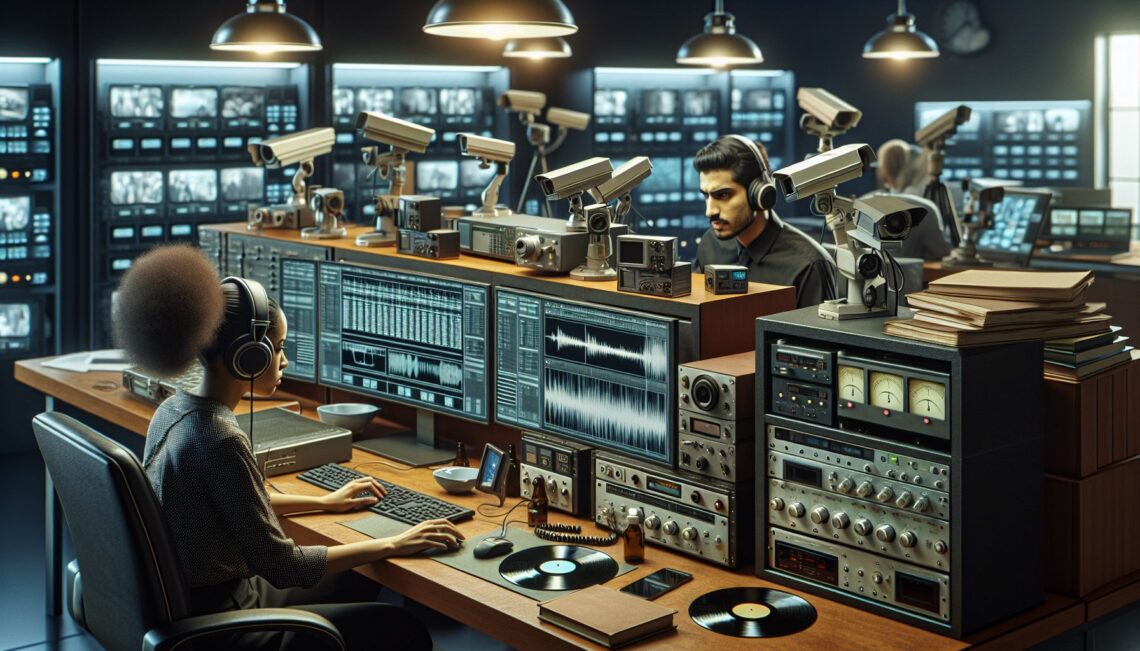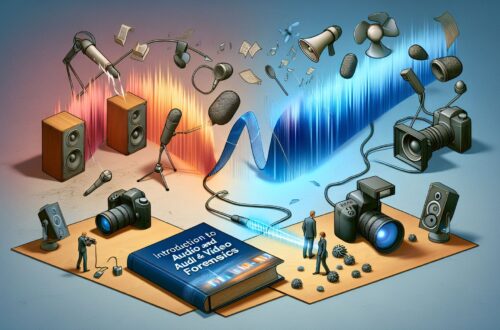
The Fascinating World of Audio and Video Forensics
Have you ever watched a crime TV show where the detectives are able to enhance a blurry video or distorted audio to reveal crucial evidence? While this may seem like a work of fiction, the truth is that audio and video forensics is a real and powerful tool used in investigations and legal proceedings.
Audio and video forensics is the scientific study and analysis of audio and visual recordings in order to verify their authenticity, enhance their quality, and extract valuable information. It plays a crucial role in modern law enforcement, helping to solve crimes, identify perpetrators, and provide crucial evidence in court.
How Audio Forensics Works
Audio forensics involves the analysis and enhancement of audio recordings, such as surveillance tapes, phone calls, or voicemails. Forensic analysts use specialized software and techniques to filter out noise, enhance clarity, and even extract hidden information from audio recordings.
One of the key tools used in audio forensics is voice recognition software, which can help identify individuals based on their voice characteristics. This can be crucial in cases where a suspect denies involvement and their voice needs to be compared to a recording.
Audio forensics can also involve analyzing background noise to determine the location or environment in which a recording was made, as well as detecting any signs of tampering or editing that may have occurred.
The Science Behind Video Forensics
Video forensics, on the other hand, deals with the analysis and enhancement of video recordings. This can include surveillance footage, dashcam videos, bodycam footage, or even smartphone recordings.
Forensic analysts use a variety of tools and techniques to enhance video quality, clarify blurry images, and even reconstruct the scene of a crime. One common technique used in video forensics is image enhancement, which involves sharpening the image quality and adjusting brightness and contrast to make details more visible.
Video forensics can also involve analyzing camera angles, identifying timestamps, and even performing facial recognition to help identify individuals in a video recording.
Applications of Audio and Video Forensics
The applications of audio and video forensics are vast and varied. In law enforcement, audio and video forensics can be used to analyze surveillance footage, reconstruct crime scenes, identify suspects, and provide crucial evidence in court.
In addition to criminal investigations, audio and video forensics are also used in a variety of other fields, including journalism, insurance investigations, and commercial disputes. Audio and video evidence can play a crucial role in resolving disputes, verifying claims, and uncovering the truth.
Challenges and Limitations
While audio and video forensics can be a powerful tool, it is not without its challenges and limitations. One of the key challenges in audio and video forensics is dealing with low-quality recordings, which can make it difficult to extract clear and reliable information.
Another challenge is identifying and validating digital evidence, as digital recordings can be easily manipulated and edited. Forensic analysts must carefully examine the chain of custody of evidence to ensure its authenticity and reliability.
Conclusion
In conclusion, audio and video forensics play a crucial role in modern investigations and legal proceedings. By using specialized tools and techniques, forensic analysts can analyze and enhance audio and visual recordings to provide crucial evidence and uncover valuable information.
Whether it’s identifying a suspect in a surveillance video or enhancing the clarity of a recorded conversation, audio and video forensics have revolutionized the way we investigate and solve crimes. So the next time you watch a crime show and see the detectives enhancing a blurry video, remember that it’s not just fiction – it’s audio and video forensics at work.




